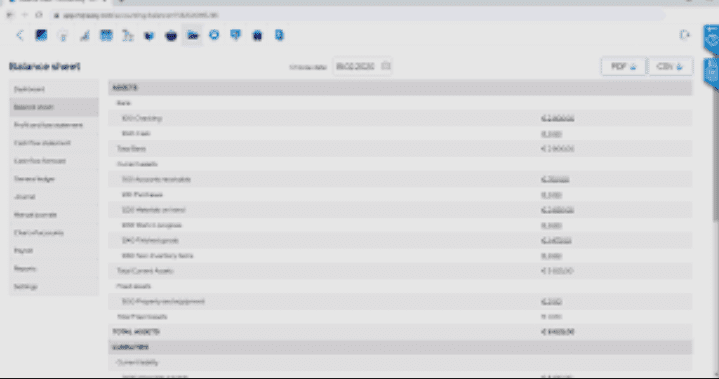The preparation of different books of accounts including the subsidiary books by an accountant relies on some known and widely accepted documents that are exchanged between two or more parties in the conduct of business transactions.
These documents that buyers and sellers exchanged with each other which are binding on both parties are called source documents in accounting. This article explains source documents, the types an,d uses of source documents, the relationship between sales and discounts, and how to prepare subsidiary books of accounts.
Source Documents and Their Uses
Source documents are business documents confirming the occurrence of a financiatransactionns between two or more parties. Source documents are written financial information exchanges between two or more parties as a result of engaging in business transactions.
These documents are used for the first entries in the subsidiary books of accounts. Source documents include invoices, receipts, debit notes, credit notes, payment vouchers, checkbooks, clock cards, time sheets, and bank tellers.
Read Also: Definition of an Accountant and the Essential Features of a Business Organization
Types and uses of source documents are discussed below.
1. Invoice
This is a document that shows the transfer of goods and/or provision of service between two or more parties for which payment is yet to be received. Invoice under the normal circumstance is meant for credit transactions which include credit sales and credit purchases.
However, many sole traders do not know the function of an invoice to the extent that all their sales (cash and credit) are documented using an invoice. Invoices are recorded in the sales day book or purchases day book depending on if it is a sales invoice or a purchases invoice.
2. Payment Voucher
This is a document that is used to record full details of money paid for a particular purpose. It shows that money has left a particular account to another party or for the settlement of the financial obligation.
The payment voucher will contain the name of the receiver, the amount paid, the purpose of the payment, the date of payment, the mode of payment – cash or cheque, the signature of the receiver, the name, and the signature of the approving authority.
3. Cheque
A cheque is a negotiable instrument that originates from banks and is used to withdraw money from a stated bank account in a bank.
A cheque usually contains the name of the bank account holder, the account number, the branch of the bank where the bank account is domiciled or opened, the name of the bank, the date for the payment of the cheque, a place for the owner’s signature, and amount to be withdrawn in words and figure.
4. Receipt
This is a document confirming the receipt of money for goods and services sold or bought. Receipts are used in recording the cash book since it is an evidence of cash and cheque transactions.
A receipt usually contains the name of the payers, the amount paid, the date of payment, the purpose of payment, signature of the receiver.
Read Also: The Five (5) Branches of Accounting
5. Bank Teller
This is a document that emanates from the bank because a bank teller is used to pay or lodge money (cash and cheques) into an account in a bank. It serves as evidence that a payment has been made or lodged into a particular account with a stated branch of a bank.
The bank teller will contain the name of the depositors, the account to which the deposit is made, the name of the bank account holder, the amount deposited in words and figure, the date of the deposit, the serial number of the teller, signature, and stamp of the bank official that collected the deposit on behalf of the bank.
6. Credit Note
A credit note is a document showing a claim or refund in favor of the receiver. It is used to correct overcharges on an invoice, allowance for minor damages to goods, and refund on goods returned.
7. Debit Note
A debit note is a source document that is used when a customer’s account is to be increased and to establish costs against the recipient. It, therefore means that a debit note will be used to effect correction when a customer/purchaser has been undercharged for goods and/or services.
In summary, source documents are important because the information contained therein is used in preparing the subsidiary books of account. Accountants rely on source documents to prepare the books of accounts.
The source documents are first posted to the subsidiary books of account which include the sales day book, a purchases journal, a returns inwards journal, and a returns outwards day book.
